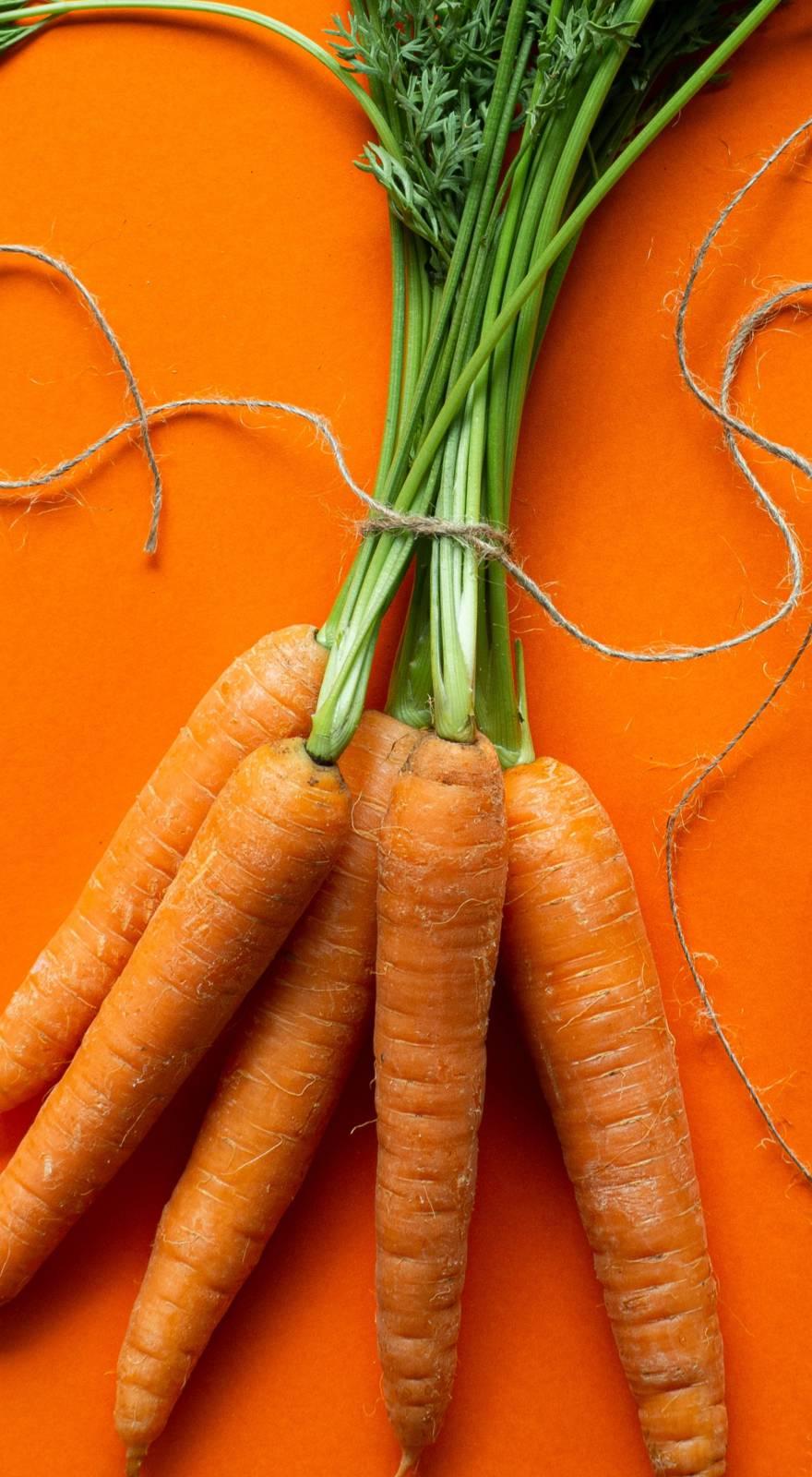Knowde Enhanced TDS
Identification & Functionality
- Ingredient Name
- Food Ingredients Functions
- Ingredients
- Yeast
- Technologies
Features & Benefits
- Labeling Claims
- Food Ingredients Features
- Product Highlights
These thiols are formed from non-volatile cysteinylated precursors found in the grapes, and then released by the yeast as a results of beta-lyase enzymatic activity during fermentation. As an H2S–preventing strain, the yeast maintains a clean and pronounced aromatic profile. It is a reliable fermenter that produces above average glycerol for a white strain and has low to moderate nitrogen requirements. This strain is specifically bred to enhance a wine’s aromatic potential and is ideal for aromatic expression of varietals such as Sauvignon Blanc, especially from New Zealand. In addition, the yeast also complements other aromatic varietals such as Riesling, Chenin Blanc and Semillon.
- Recommended Varietals
• Sauvignon Blanc
• Riesling
• Chenin Blanc
• Semillon
Applications & Uses
- Markets
- Food & Nutrition Applications
- Rehydration Instructions
- In an inert and sterile container, prepare chlorine-free water at 38-42 °C (100-108 °F) that is 10 times the weight of the yeast to be rehydrated.
- Gently mix the yeast into the water and allow 20 minutes for rehydration.
- After rehydration, begin to slowly add full strength juice into the yeast mixture every 5 minutes to allow for acclimation. Do not decrease the temperature of the mixture by more than 5 °C (9 °F) with each juice addition.
- When the temperature of the yeast suspension is less than 10 °C (18 °F) warmer than the must or juice to be inoculated, slowly add the yeast mixture into the fermentation vessel.
Note: Directly adding dry yeast to the must or juice tank is not advised.
Properties
- Typical Properties
| Value | Units | Test Method / Conditions | |
| Kinetics | Moderate-Fast | — | — |
| Optimal Temperature | 14-25 | °C | — |
| Cold Tolerance | 13.0 | °C | — |
| Alcohol Tolerance | 16.0 | % | — |
| Nitrogen Requirements | Low-Medium | — | — |
| Killer Factor | Active | — | — |
| Flocculation | High | — | — |
| Dosage | 0.2-0.35 | g/L | — |
| Conversion Factor | 16.3 | g/L | — |
| Glycerol | 7.0-8.5 | g/L | — |
| Volatile Acidity | Low | — | — |
| Sulfur Dioxide Production | Low-Moderate | — | — |
| Hydrogen Sulfide Production | None | — | — |
| Foam Production | Low | — | — |
| Yan Levels Low | 150-225 | — | — |
| Yan Levels Medium | 225-300 | — | — |
| Yan Levels High | 300+ | — | — |
| Inoculation Rate | 0.2-0.35 (1.7-2.9) | g/L(lbs/1000 gallons) | — |
Technical Details & Test Data
- Fermentation of Sauvignon Blanc Juice

Packaging & Availability
- Packaging Type

